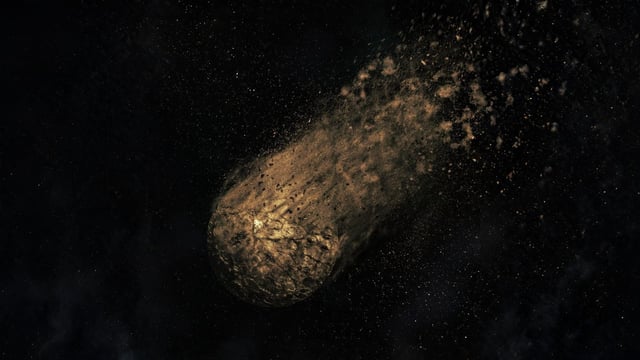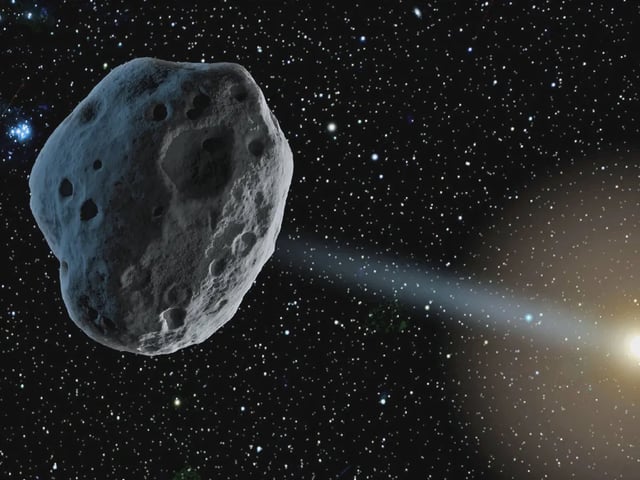Overview
- Nature Communications reports that KY26 is roughly one third the previously estimated size, based on observations from ESO’s VLT and other Chilean facilities combined with prior radar data.
- The asteroid shows a high-albedo surface, and researchers say it could be a solid rock or a loosely bound rubble pile, a distinction that likely requires in‑situ measurements to resolve.
- JAXA’s team now faces significantly tougher approach and proximity operations, with study authors noting mission objectives and procedures for a brief surface contact may need revision.
- Further ground-based constraints are unlikely before arrival, though proposed James Webb Space Telescope observations in 2028–29 could help confirm size and physical properties.
- If Hayabusa2 reaches KY26 in 2031, it would mark the first spacecraft encounter with a decametre-scale asteroid, offering rare data relevant to planetary defense and small-body evolution.



